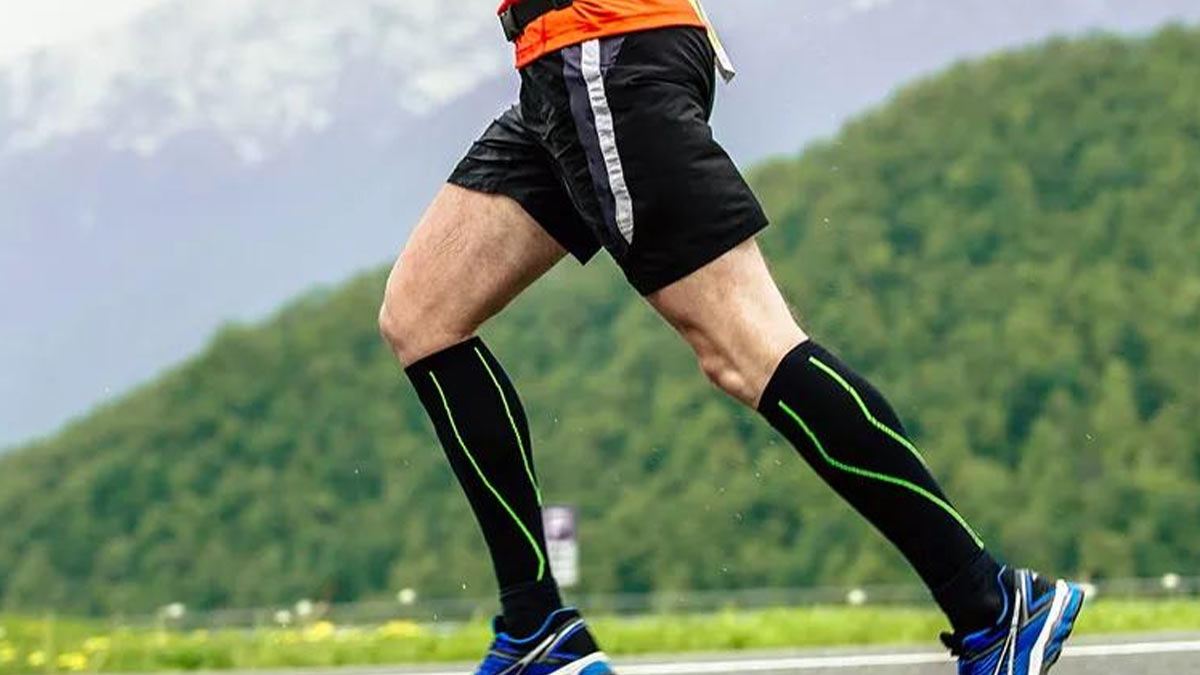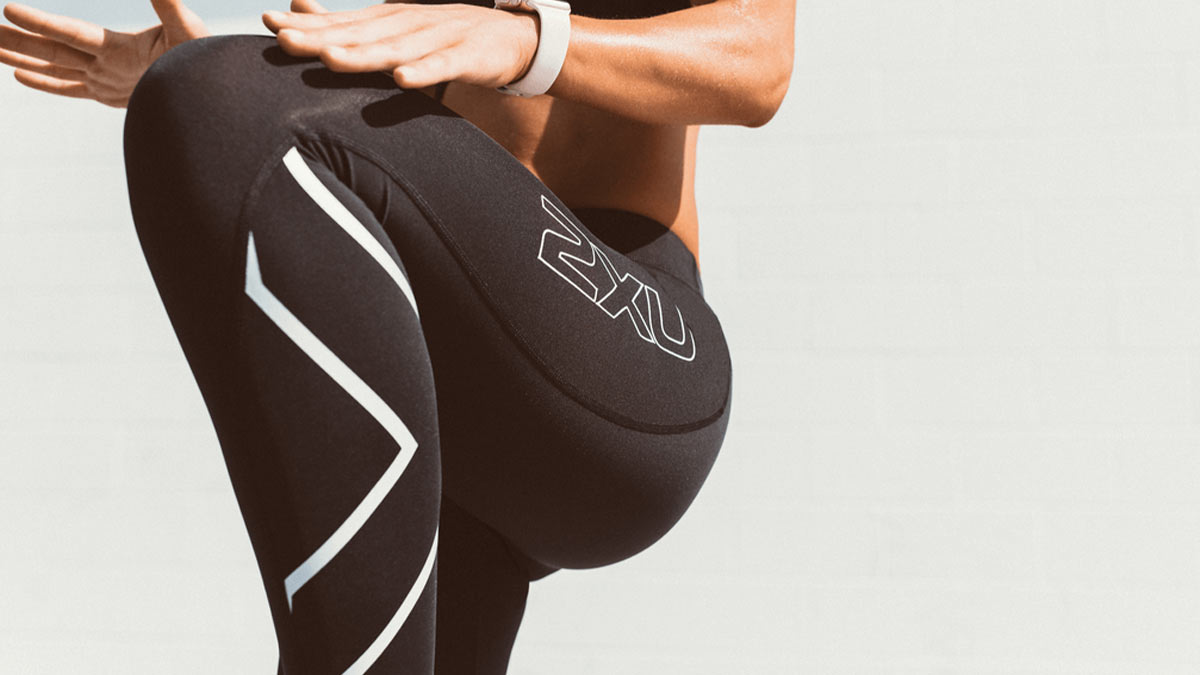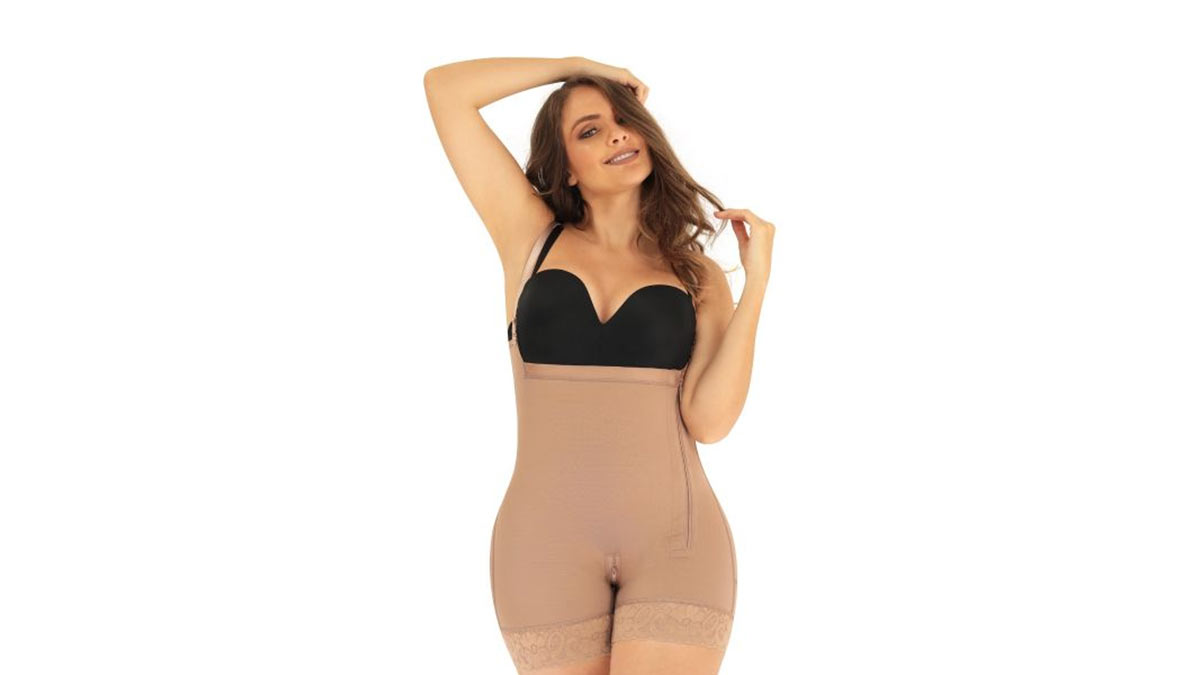Compression garments have evolved far beyond their origins in medical therapy. Today, they are used by athletes, patients, and even fashion enthusiasts who seek performance, recovery, and comfort. Understanding the science and technology behind compression garments reveals why they have become a cornerstone of modern fitness and rehabilitation industries. These garments are not just tight-fitting clothing; they are scientifically designed tools that improve circulation, reduce muscle fatigue, and promote healing.
However, as interest in their benefits grows, so do questions about their actual effectiveness and potential side effects. People often ask, Do compression garments work for weight loss, and whether they can replace regular exercise. To answer these questions properly, one must examine the underlying scientific mechanisms and technological innovations that define this fascinating product category.
The Concept of Compression and Its Physiological Impact
The core idea behind compression clothing lies in controlled pressure. By applying gentle, graduated compression to specific body areas, these garments improve venous return helping blood flow back to the heart more efficiently. This process reduces muscle vibration, swelling, and fatigue. The science and technology behind compression garments show that by enhancing oxygen delivery to muscles, wearers experience improved performance and faster recovery after intense workouts.
Compression technology has roots in medicine, where doctors used tight bandages to treat circulatory issues. Today’s fabrics, however, are engineered using advanced materials like elastane and nylon to provide uniform tension without restricting movement. This precision ensures that users benefit from compression while maintaining comfort and mobility.
Although these garments are not a direct substitute for workouts, studies exploring Do compression garments work for weight loss suggest that the mild increase in temperature and perspiration they induce may assist in calorie expenditure but only as a minor effect compared to physical activity.
The Role of Material Science
Fabric innovation is at the heart of the science and technology behind compression garments. The combination of stretchable synthetic fibers provides elasticity, durability, and moisture management. Modern compression wear is designed to wick sweat away from the skin, preventing irritation while maintaining a consistent compression level.
Nanotechnology has also entered the field, with fabrics that incorporate antimicrobial coatings and temperature-regulating particles. These features make compression garments more hygienic and comfortable, especially during prolonged use. Manufacturers continuously test new weaves and patterns to ensure better adaptability to body shapes, ensuring equal pressure distribution.
In recent years, the integration of smart textiles has opened exciting possibilities. Some garments now contain embedded sensors that track muscle activity, heart rate, and movement patterns allowing athletes to monitor performance in real time. These technological advancements represent the next stage of evolution in understanding the science and technology behind compression garments.
Digital Design and Manufacturing Innovations
Production methods have evolved alongside fabric technology. Advanced computer modeling allows designers to simulate the effects of different pressure gradients before manufacturing begins. A fascinating example of this innovation is Exploring 3D technology in the production of compact garments treatment, which highlights how 3D scanning and printing techniques ensure that each garment fits perfectly while maintaining optimal pressure distribution.
This level of precision is particularly beneficial for medical-grade compression garments, which must apply specific pressure to improve circulation or treat conditions like lymphedema. By combining 3D design with digital knitting, manufacturers can produce highly customized compression wear that supports both function and comfort.
The use of automation also enhances consistency, ensuring every piece meets strict quality standards. Such advancements demonstrate how far the science and technology behind compression garments have progressed from simple elastic bandages to sophisticated biomechanical aids.
Compression Garments in Sports

Athletes were among the first to adopt compression technology for performance enhancement. The role of Compression Garments in Sports is now well recognized across disciplines from running and cycling to basketball and weightlifting. These garments help athletes maintain muscle stability, delay fatigue, and speed up recovery by reducing lactic acid buildup.
The science and technology behind compression garments also extend into thermal regulation. By keeping muscles warm, they lower the risk of strain or injury during intense physical activity. Furthermore, the moisture-wicking properties prevent chafing and skin irritation, which are common problems during long training sessions.
Despite these proven benefits, it’s important to note that the effectiveness of compression garments varies by individual and sport. They are most beneficial when integrated into a comprehensive fitness routine rather than being relied upon as standalone solutions.
Weight Management and Body Shaping Potential
The question Do compression garments work for weight loss continues to attract curiosity. While compression wear can slightly increase sweating and body temperature, it does not directly burn fat. Instead, the primary benefit lies in improving circulation, posture, and muscle support.
Some users report temporary weight loss due to water loss during intense activity, but this effect is short-lived. However, when combined with proper exercise and nutrition, compression garments can enhance the efficiency of workouts by improving movement control and endurance.
Additionally, consistent use can contribute to better body awareness. Feeling the garment’s gentle pressure reminds users to engage their core and maintain correct posture factors that indirectly support long-term fitness goals. Ultimately, the science and technology behind compression garments support improved performance, not quick-fix weight loss results.
Combining Style and Functionality in Modern Designs
While compression garments were once viewed purely as medical or athletic tools, their aesthetic appeal has significantly evolved. The concept of Combining Style and Functionality in Compression Garments reflects how manufacturers now prioritize both performance and fashion. Sleek designs, bold colors, and ergonomic stitching patterns allow users to feel confident while benefiting from advanced compression technology.
These garments are now a common feature in everyday wardrobes, blending seamlessly into both activewear and leisurewear. As people become more health-conscious, stylish compression leggings, tops, and sleeves bridge the gap between fitness and fashion. This trend illustrates how the science and technology behind compression garments can merge practicality with personal expression, appealing to athletes and casual users alike.
Choosing the Right Compression Level

Finding the correct compression level is crucial for effectiveness and comfort. Too little pressure won’t provide the desired support, while too much can restrict movement or blood flow. Learning How to Choose the Right Compression Wear for Your Sport involves understanding one’s activity level, body type, and intended outcome.
For instance, runners often prefer light to moderate compression to promote blood flow without restricting stride. Weightlifters, on the other hand, might use stronger compression for joint stabilization. Meanwhile, medical compression wear used for treating circulatory problems—requires specific pressure ratings prescribed by healthcare professionals.
This tailored approach is one of the reasons the science and technology behind compression garments has advanced so rapidly. By applying biomechanical and physiological data, designers can create garments that meet the unique demands of every user, from elite athletes to those seeking recovery or comfort.
Health and Recovery Benefits
One of the most studied aspects of compression wear is its role in recovery. Research has shown that compression can reduce muscle soreness and inflammation after strenuous activity. It also helps in flushing out metabolic waste, such as lactic acid, from the muscles.
Understanding the Benefits and Risks of Compression Garments During Workouts is essential for maximizing these recovery benefits. While compression supports better performance and faster healing, wearing garments that are too tight or for extended periods can lead to discomfort or reduced blood flow.
By balancing proper fit and duration, users can safely take advantage of what the science and technology behind compression garments offer in post-exercise recovery. This makes them a popular choice for both professional athletes and casual exercisers who want to minimize downtime between workouts.
The Future of Compression Garment Innovation

The future holds immense potential for this industry. With continuous advancements in textile engineering, smart fabrics, and digital customization, compression wear is evolving rapidly. Researchers are experimenting with self-adjusting materials that automatically modify pressure based on body movement and temperature.
These innovations will further enhance the science and technology behind compression garments, making them more responsive, sustainable, and adaptive to individual needs. Integration with health-tracking devices may also allow real-time data analysis, giving wearers immediate feedback on performance and recovery.
Moreover, the ongoing debate around Do compression garments work for weight loss is expected to shift toward data-driven insights. As smart compression wear collects user data, it may become easier to evaluate its influence on metabolism, calorie burn, and physical endurance scientifically.
Conclusion
Compression garments are no longer just tight pieces of fabric they represent the convergence of biology, physics, and digital innovation. By understanding the science and technology behind compression garments, users can make informed choices that enhance their fitness, comfort, and recovery.
While these garments offer valuable benefits for performance and muscle support, they should be seen as complementary tools, not miracle solutions. Questions such as Do compression garments work for weight loss remind us that sustainable health still depends on balanced exercise and nutrition.
From medical therapy to sports performance and fashion integration, compression wear continues to redefine how we think about functional apparel. As technologies like Exploring 3D technology in the production of compact garments treatment and smart fabric design advance, the future of compression garments looks both innovative and inspiring—combining precision science with the art of movement.








